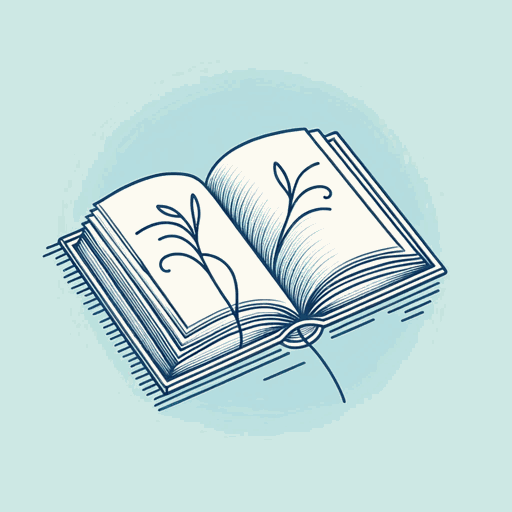50 pages • 1 hour read
Ken BainWhat the Best College Students Do
Nonfiction | Book | Adult | Published in 2012A modern alternative to SparkNotes and CliffsNotes, SuperSummary offers high-quality Study Guides with detailed chapter summaries and analysis of major themes, characters, and more.
Chapters 3-4Chapter Summaries & Analyses
Chapter 3 Summary: “Managing Yourself”
If we observe how we think, we can learn how to do it better. If we don’t think about our thinking, we can get stuck in ruts that prevent mental growth. For example, if history students assume that all people in all times share roughly the same values, then every past culture, from ancient Greece to early-20th-century America, will seem indecipherable. Once students realize that their easy assumptions may be false, they open their minds to the possibility that vastly different viewpoints and preferences can prevail in other times and cultures.
It’s hard to notice when our hard-won models of the world break down; these “expectation failures” must be “shocking and bold” before we give up our beliefs and do the hard work of re-thinking our position (68). Often, students resist new facts that threaten their worldview. Deep learners, however, enjoy intellectual surprise; they find learning “deeply exciting” and look forward to tackling puzzles and experiencing uncomfortable situations that might expand their understanding.
One way to test mental adaptability is with the candle-matches-tacks problem: Students must devise a way to attach a lit candle upright to a wall using tacks and a box of matches. (A simple answer: remove the matches, tack the box to the wall, prop the candle inside the box, and light it.


